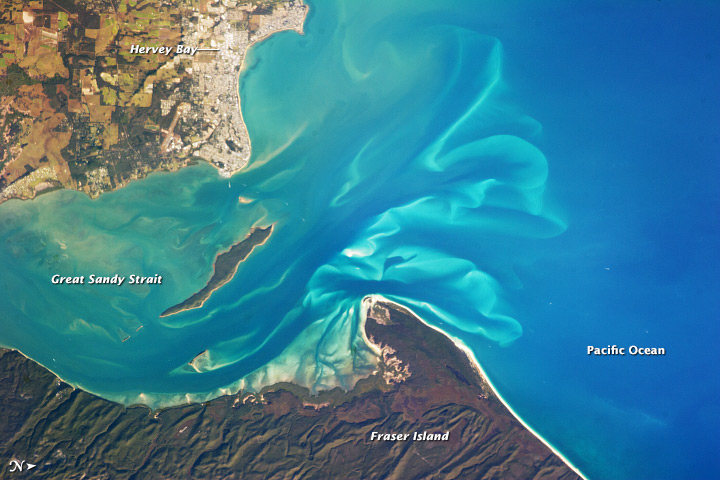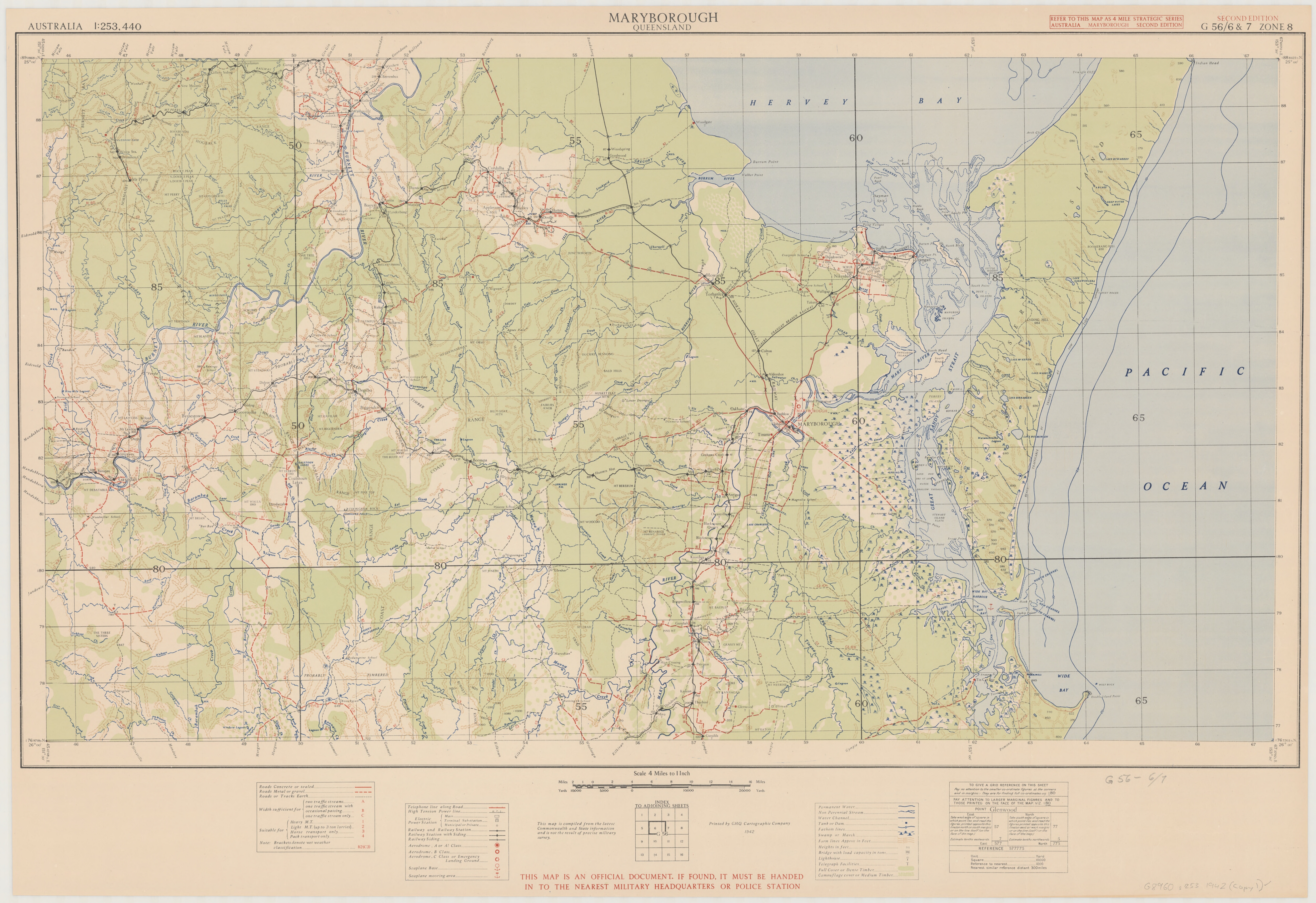|
Nahrunda, Queensland
Nahrunda is a rural locality in the Gympie Region, Queensland ) , nickname = Sunshine State , image_map = Queensland in Australia.svg , map_caption = Location of Queensland in Australia , subdivision_type = Country , subdivision_name = Australia , established_title = Before federation , established_ ..., Australia. In the , Nahrunda had a population of 190 people. Geography ''Eel Creek'', a tributary of the '' Mary River'', forms the south-eastern and eastern boundaries. References Gympie Region Localities in Queensland {{GympieRegion-geo-stub ... [...More Info...] [...Related Items...] OR: [Wikipedia] [Google] [Baidu] |
AEST
Australia uses three main time zones: Australian Western Standard Time (AWST; UTC+08:00), Australian Central Standard Time (ACST; UTC+09:30), and Australian Eastern Standard Time (AEST; UTC+10:00). Time is regulated by the individual state governments, some of which observe daylight saving time (DST). Australia's external territories observe different time zones. Standard time was introduced in the 1890s when all of the Australian colonies adopted it. Before the switch to standard time zones, each local city or town was free to determine its local time, called local mean time. Now, Western Australia uses Western Standard Time; South Australia and the Northern Territory use Central Standard Time; while New South Wales, Queensland, Tasmania, Victoria (Australia), Victoria, Jervis Bay Territory, and the Australian Capital Territory use Eastern Standard Time. Daylight saving time (+1 hour) is used in jurisdictions in the south and south-east: South Australia, New South Wales, Vict ... [...More Info...] [...Related Items...] OR: [Wikipedia] [Google] [Baidu] |
Electoral District Of Gympie ...
Gympie is an electoral district of the Legislative Assembly in the Australian state of Queensland The electorate is centred on the city of Gympie and stretches north to Rainbow Beach and as far south to Pomona. The seat is currently held by Tony Perrett of the Liberal National Party. The district's most famous former member is Andrew Fisher, who later became Prime Minister of Australia. Members for Gympie Election results References External links * {{Electoral districts of Queensland Gympie Gympie ( ) is a city and a Suburbs and localities (Australia), locality in the Gympie Region, Queensland, Australia. In the Wide Bay-Burnett District, Gympie is about north of the state capital, Brisbane. The city lies on the Mary River (Queen ... [...More Info...] [...Related Items...] OR: [Wikipedia] [Google] [Baidu] |
Division Of Wide Bay
The Division of Wide Bay is an Australian electoral division in the state of Queensland. Geography Since 1984, federal electoral division boundaries in Australia have been determined at redistributions by a redistribution committee appointed by the Australian Electoral Commission. Redistributions occur for the boundaries of divisions in a particular state, and they occur every seven years, or sooner if a state's representation entitlement changes or when divisions of a state are malapportioned. History The division was proclaimed in 1900, and was one of the original 65 divisions to be contested at the first federal election. Wide Bay is located in south east Queensland and includes the cities of Maryborough, Gympie, Noosa, all of Fraser Island, and inland areas extending west to Murgon. Notable representatives have included three time Prime Minister Andrew Fisher, who was the seat's first member. However, it has been a conservative seat for most of its history; only one o ... [...More Info...] [...Related Items...] OR: [Wikipedia] [Google] [Baidu] |
Widgee Crossing South, Queensland
Widgee Crossing South is a rural locality in the Gympie Region, Queensland ) , nickname = Sunshine State , image_map = Queensland in Australia.svg , map_caption = Location of Queensland in Australia , subdivision_type = Country , subdivision_name = Australia , established_title = Before federation , establishe ..., Australia. In the , Widgee Crossing South had a population of 35 people. Geography The '' Mary River'' forms the north-eastern boundary. ''Eel Creek'' forms the south-eastern boundary and part of the eastern as it flows north to join the ''Mary'', while ''Snake Creek'' forms part of the southern boundary before it joins the ''Eel''. Widgee Crossing is a ford over the Mary River (). History The two localities of Widgee Crossing North and Widgee Crossing South take their names from the ford over the Mary River. This was an important crossing point during the Gympie gold rush. As the names suggest, Widgee Crossing North is on the northern side of the ford ... [...More Info...] [...Related Items...] OR: [Wikipedia] [Google] [Baidu] |
Southside, Queensland
Southside is a semi-rural locality in the Gympie Region, Queensland, Australia. In the , Southside had a population of 5,737 people. Geography Southside is on the south-western bank of the Mary River. Its name reflects its location south of the Gympie town centre. History The locality was originally known as Gympie South. Gympie South Side State School opened on 4 July 1910. On 13 May 1954 it was renamed Gympie South State School. In November 1937, the Methodist Church at Chatsworth was relocated to a new site adjacent to the South Side State School (about away, where it was officially opened by Reverend Ira Menear. It originally opened as Chatsworth Wesleyan Methodist Church opened on Sunday 16 August 1885 and was on the Chatsworth Road (now the Bruce Highway). Cooloola Christian College opened in 1992. Gympie Wesleyan Methodist Church opened on 15 January 2006. A congregation was formed as a church plant of the Mary Valley Wesleyan Methodist Church (based in Amamoo ... [...More Info...] [...Related Items...] OR: [Wikipedia] [Google] [Baidu] |
Pie Creek, Queensland
Pie Creek is a rural locality in the Gympie Region, Queensland ) , nickname = Sunshine State , image_map = Queensland in Australia.svg , map_caption = Location of Queensland in Australia , subdivision_type = Country , subdivision_name = Australia , established_title = Before federation , establishe ..., Australia. In the , Pie Creek had a population of 1,013 people. References Gympie Region Localities in Queensland {{GympieRegion-geo-stub ... [...More Info...] [...Related Items...] OR: [Wikipedia] [Google] [Baidu] |
Suburbs And Localities (Australia)
Suburbs and localities are the names of geographic subdivisions in Australia, used mainly for address purposes. The term locality is used in rural areas, while the term suburb is used in urban areas. Australian postcodes closely align with the boundaries of localities and suburbs. This Australian usage of the term "suburb" differs from common American and British usage, where it typically means a smaller, frequently separate residential community outside, but close to, a larger city. The Australian usage is closer to the American or British use of "district" or "neighbourhood", and can be used to refer to any portion of a city. Unlike the use in British or American English, this term can include inner-city, outer-metropolitan and industrial areas. Localities existed in the past as informal units, but in 1996 the Intergovernmental Committee on Surveying and Mapping and the Committee for Geographical Names in Australasia (CGNA) decided to name and establish official boundarie ... [...More Info...] [...Related Items...] OR: [Wikipedia] [Google] [Baidu] |
Gympie Region
The Gympie Region is a local government area in the Wide Bay–Burnett region of Queensland, Australia, about north of Brisbane, the state capital. It is between the Sunshine Coast and Hervey Bay and centred on the town of Gympie. It was created in 2008 from a merger of the Shires of Cooloola and Kilkivan and part of the Shire of Tiaro. The Regional Council, which governs the Region, has an estimated operating budget of A$50 million. History ''Gubbi Gubbi (Kabi Kabi, Cabbee, Carbi, Gabi Gabi)'' is an Australian Aboriginal language spoken on Gubbi Gubbi country. The Gubbi Gubbi language region includes the landscape within the local government boundaries of the Sunshine Coast Region and Gympie Region, particularly the towns of Caloundra, Noosa Heads, Gympie and extending north towards Maryborough and south to Caboolture''.'' Prior to the 2008 amalgamation, the Gympie Region existed as four distinct local government areas: * the Shire of Cooloola; ** the City of Gympie; ... [...More Info...] [...Related Items...] OR: [Wikipedia] [Google] [Baidu] |
Queensland
) , nickname = Sunshine State , image_map = Queensland in Australia.svg , map_caption = Location of Queensland in Australia , subdivision_type = Country , subdivision_name = Australia , established_title = Before federation , established_date = Colony of Queensland , established_title2 = Separation from New South Wales , established_date2 = 6 June 1859 , established_title3 = Federation , established_date3 = 1 January 1901 , named_for = Queen Victoria , demonym = , capital = Brisbane , largest_city = capital , coordinates = , admin_center_type = Administration , admin_center = 77 local government areas , leader_title1 = Monarch , leader_name1 = Charles III , leader_title2 = Governor , leader_name2 = Jeannette Young , leader_title3 = Premier , leader_name3 = Annastacia Palaszczuk ( ALP) , legislature = Parliament of Queensland , judiciary = Supreme Court of Queensland , national_representation = Parliament of Australia , national_representation_type ... [...More Info...] [...Related Items...] OR: [Wikipedia] [Google] [Baidu] |
Mary River (Queensland)
The Mary River (Kabi Kabi: ''Moocooboola'') is a major river system located in the South East and Wide Bay–Burnett regions of Queensland, Australia. Etymology The river was traditionally named ''Moocooboola'' by the indigenous Australian Kabi people. The river was named ''Wide Bay River'' on 10 May 1842 by early European explorers, Andrew Petrie and Henry Stuart Russell. The official name was changed on 8 September 1847 (prior to Queensland becoming a separate colony) by Charles Augustus FitzRoy, then Governor of New South Wales, to ''Mary River'' — after his wife Lady Mary Lennox (15 August 1790 to 7 December 1847). History The Mary River was used for rafting timber during the early years of European land settlement, and the discovery of gold at Gympie in 1867 brought an inflow of miners and pastoralists. Alluvial flats along the Mary River and some of its tributaries were used for cropping, and there was small-time dairying in the 1880s. Course and features The ... [...More Info...] [...Related Items...] OR: [Wikipedia] [Google] [Baidu] |



.jpg)


